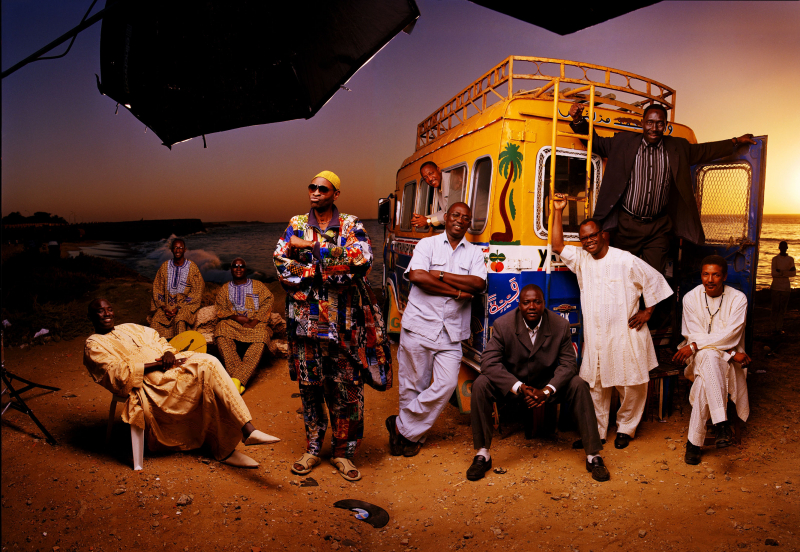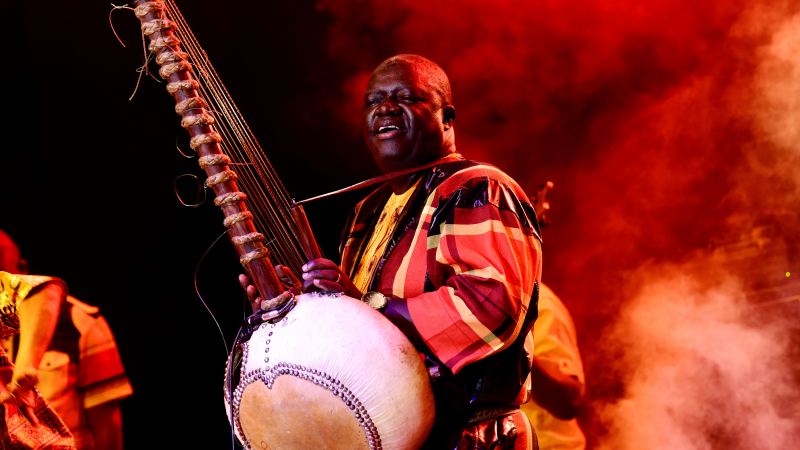Music and Dance
Within ethnic traditions, professional musicians play a more important role than usual in African countries. In Senegal, professional griots (singers and storytellers) read poetry, historical quads and perform them in an ensemble of single-string lutes, flutes, drums and rattles. Folk music includes children's songs, begging laments, love songs, and magical ritual songs. The song's style reflects Arabic influence from Islam. The chorus, a harp-lute played with great virtuosity by professional practitioners, is the most distinctive instrument.
Senegal's dance tradition includes both social and religious or ritual dances, and, as with other West African dances influences from Islam in the twentieth century. The dances are classified as either collective ring dances or distinct soloist dances. The dance is polycentric, which means that the dancers use their entire body but control different body parts independently. Advanced footwork is frequently combined with body movements. The men are typically the lead dancers, while the women appear more relaxed. The use of dance masks is typical of a number of dances in this region of West Africa.










